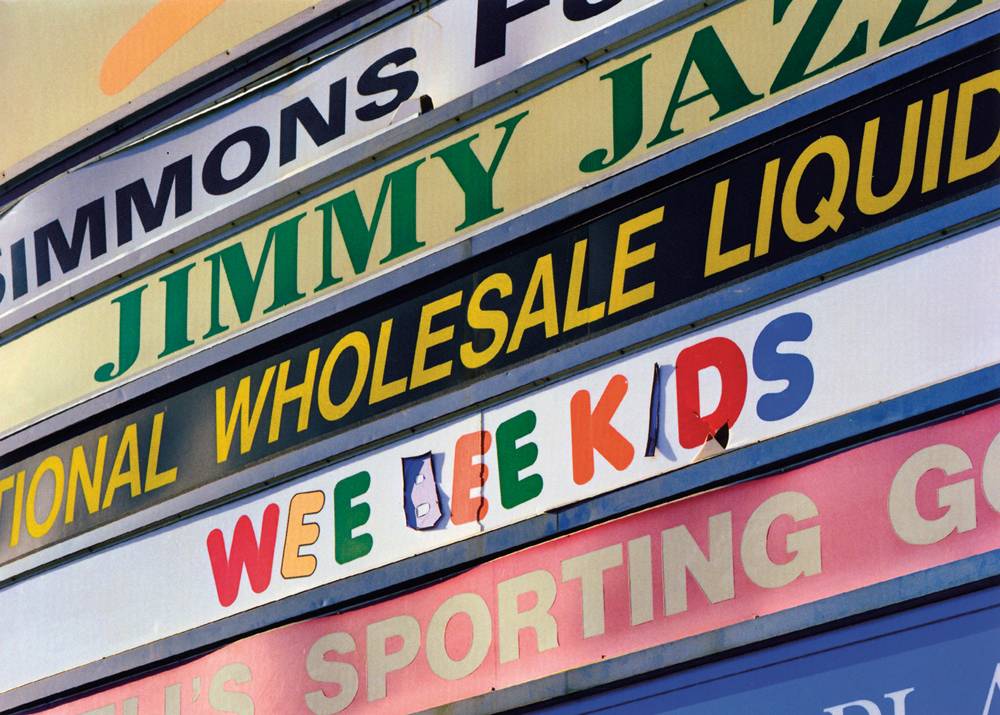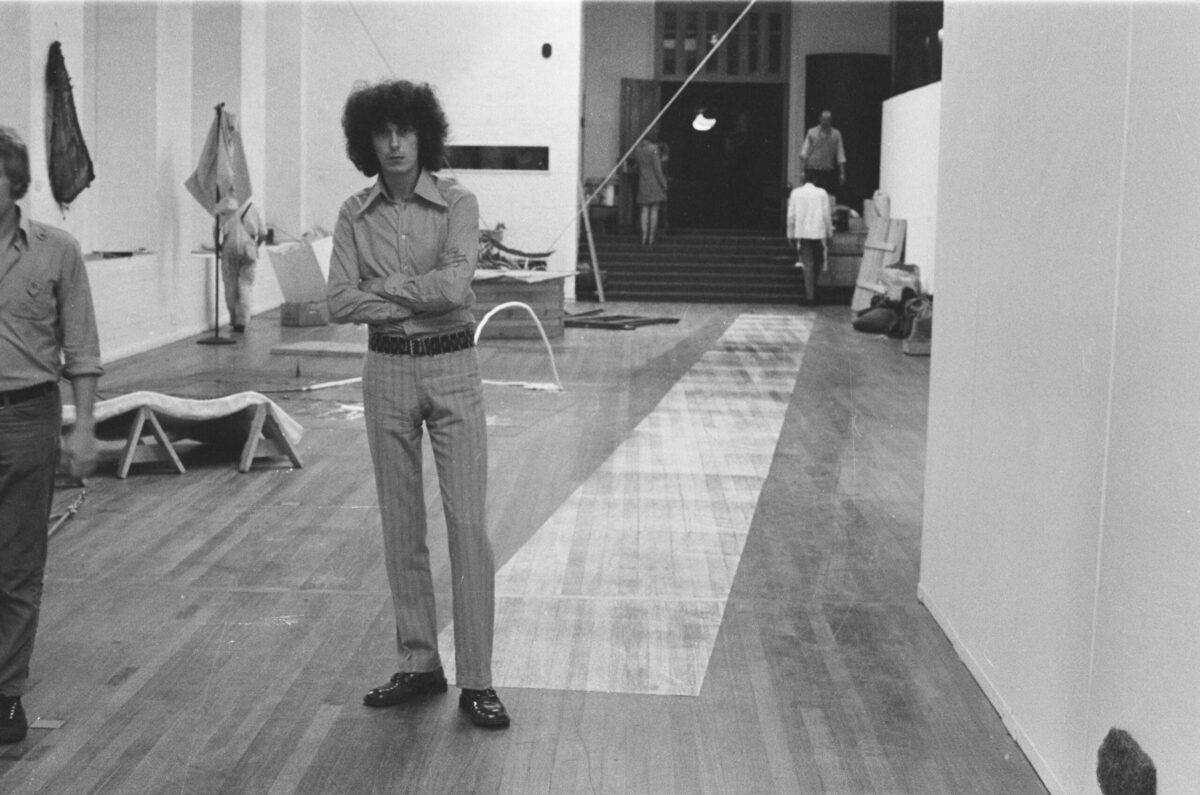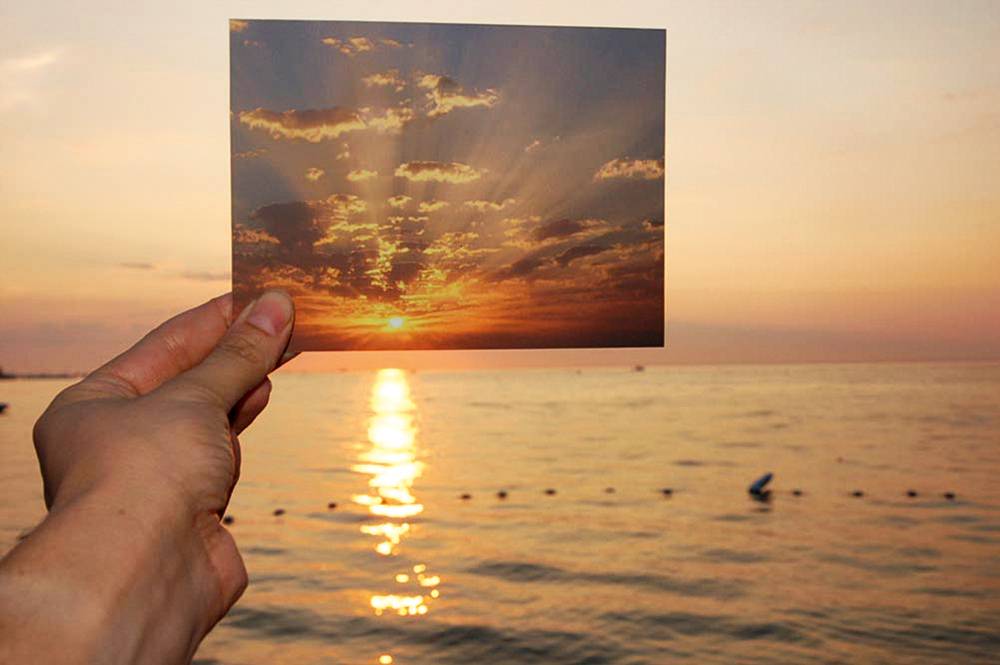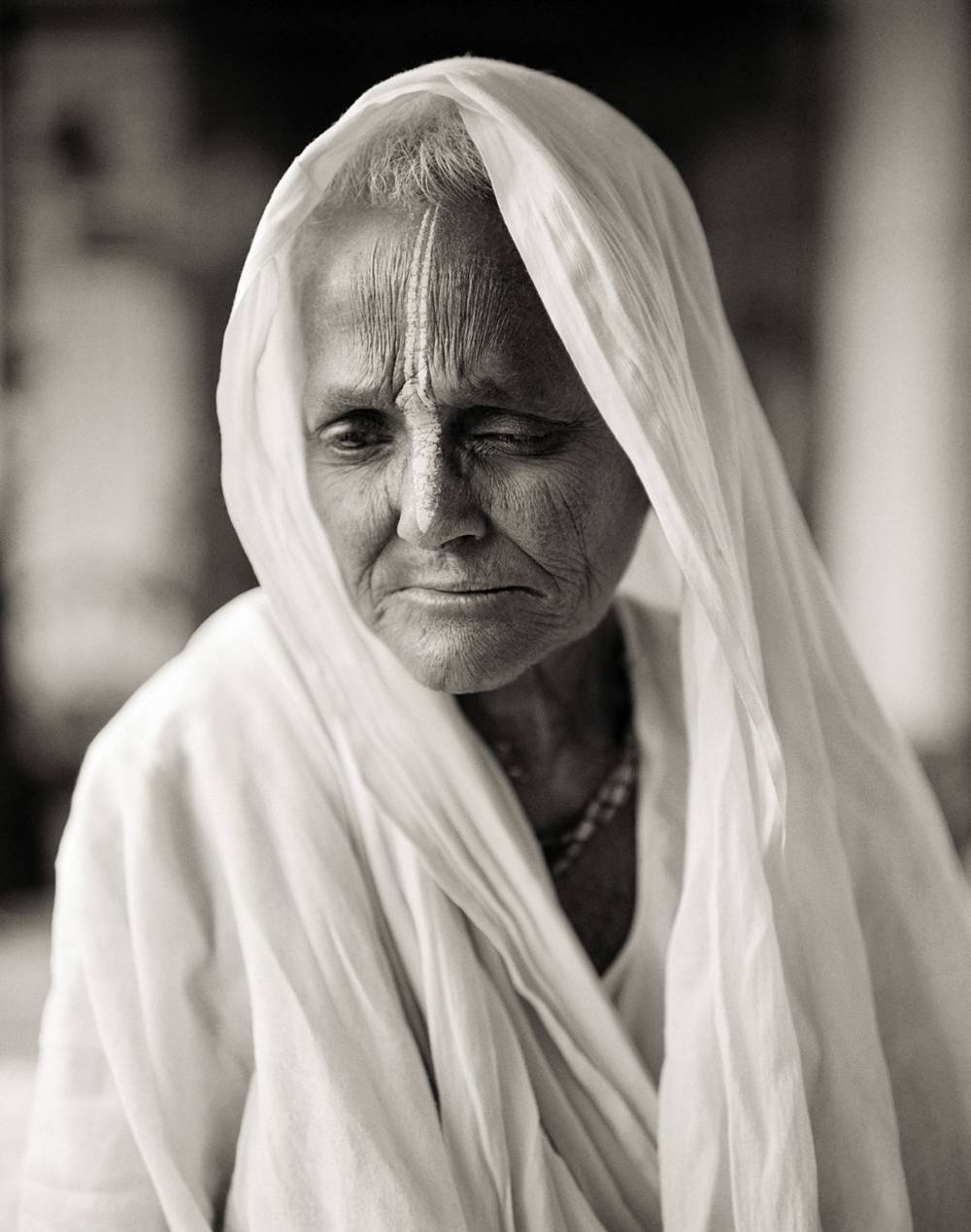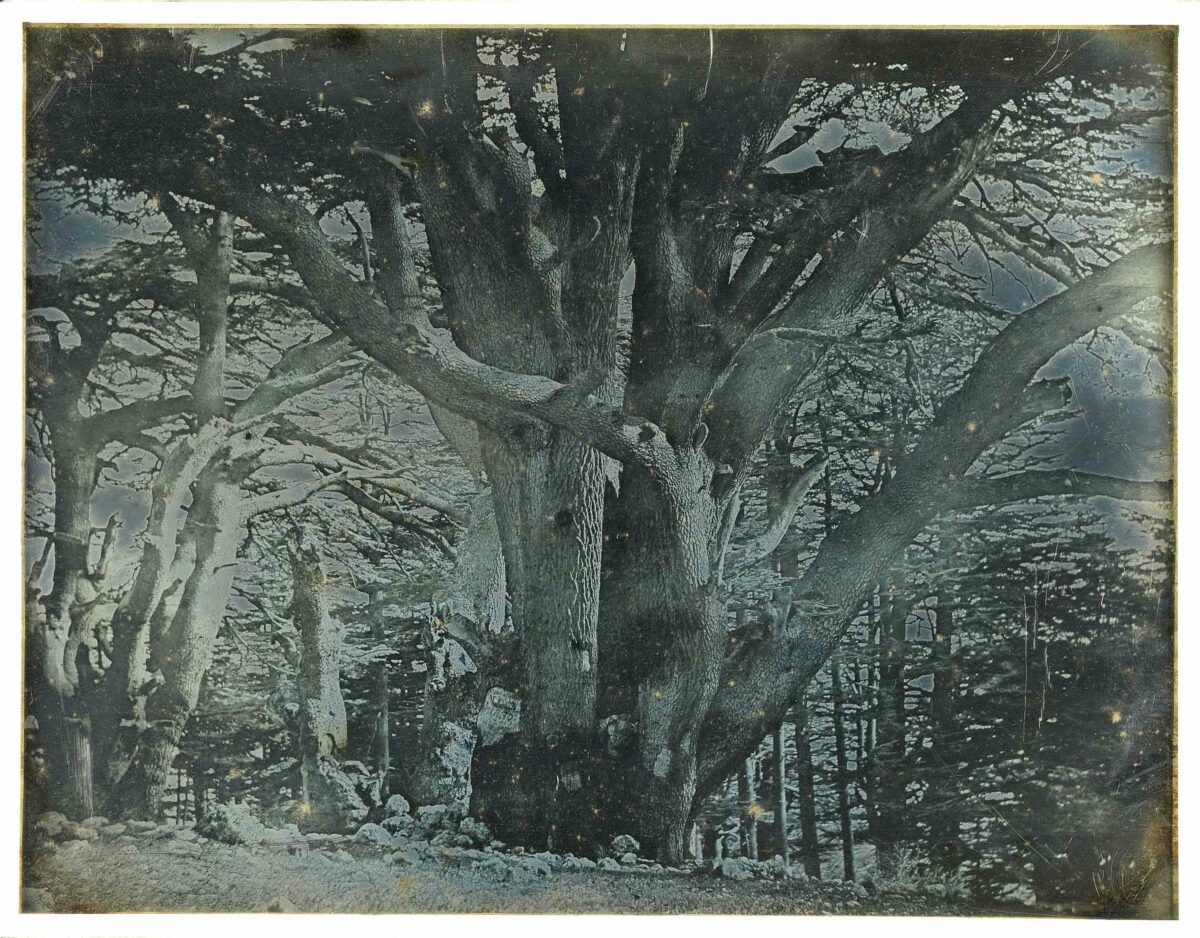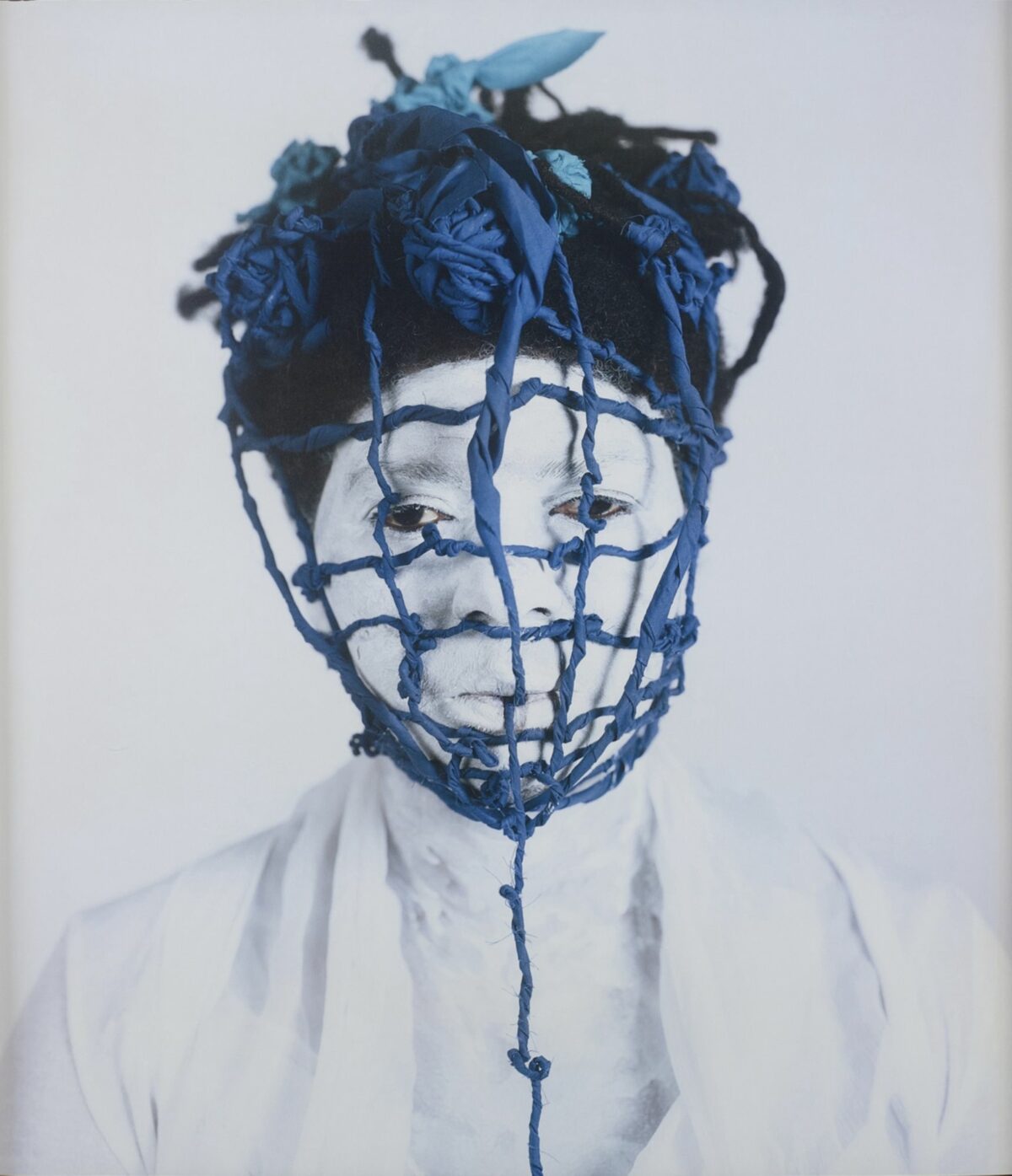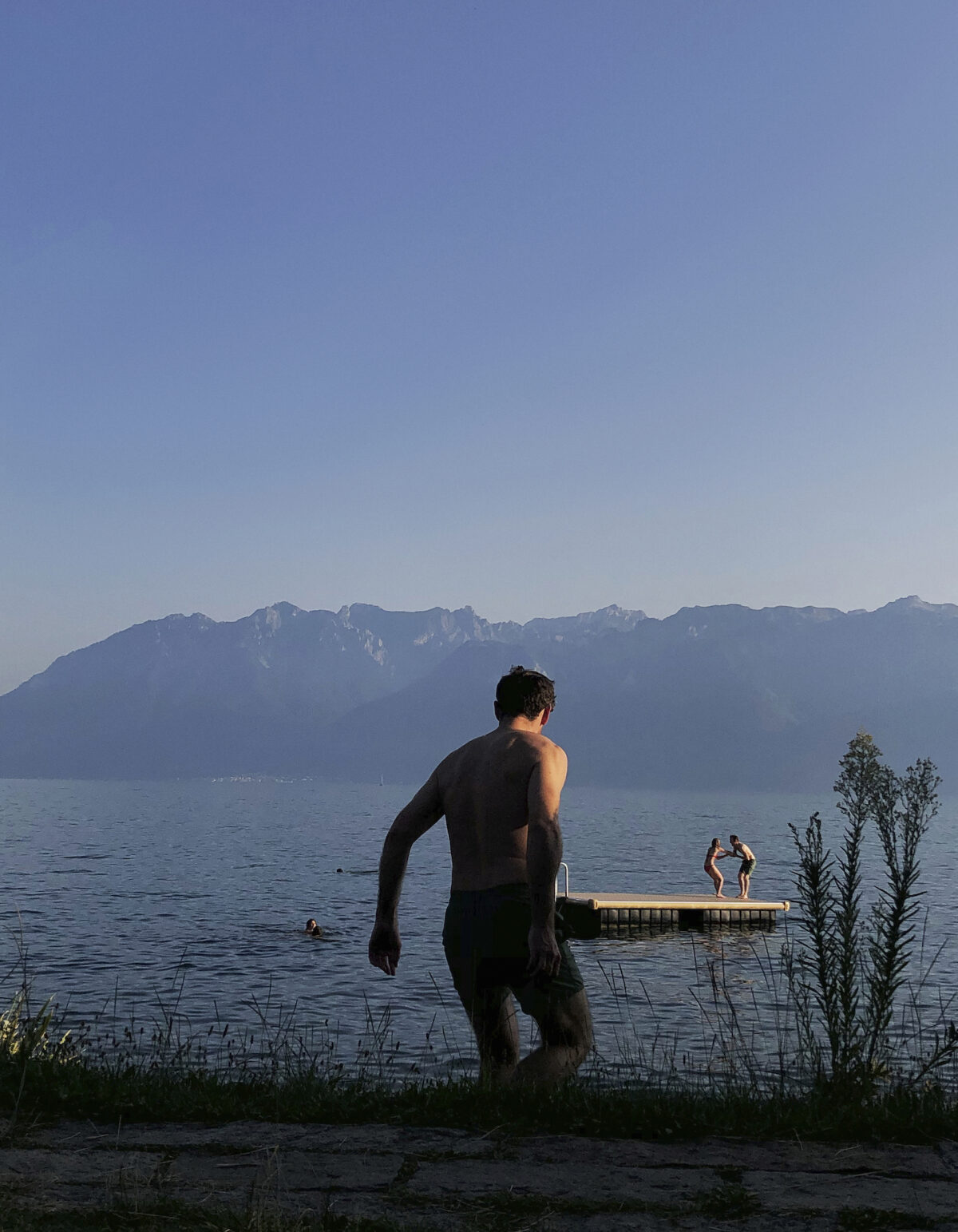Rinko Kawauchi’s Illuminance (Aperture) could be the year’s most beautiful photo book. Her 12th since 2001, when she published three books simultaneously, it’s culled from 15 years of work and loosely tied to the theme of light. Typically, her subjects are both ordinary and extraordinary: a burning cigarette, a suckling baby, a dead bird, a drop of water on a lily pad, a lunar eclipse. In a sequence of radiant color images that feels at once deliberate and random, she strikes an ideal balance between weight and weightlessness, the concrete and the ephemeral. David Chandler, the book’s elegant essayist, identifies Kawauchi’s “highly personal, insatiably hungry form of photography, both euphoric and startled,” as part of “a new kind of visual communication, a new language…that is diaristic, uninhibited, interpersonal, and emotionally charged.” But he also places her squarely within the Japanese photo-book tradition that gives publications priority over exhibitions. With Illuminance, Kawauchi clarifies what Chandler calls her “spirit of accelerated wonder,” summing up her considerable achievement while leaving it marvelously expansive and open-ended.
Malerie Marder also looks back on her career in Carnal Knowledge (Violette), a survey of work made between 1996 and 2007 that includes texts by James Ellroy, A.M. Homes, Bruce Wagner, James Frey, and Gregory Crewdson and Philip-Lorca diCorcia, both of whom Marder studied with at Yale. Since there is also a straightforward introductory essay by Charlotte Cotton, this is a bit more verbiage than Marder’s oeuvre can comfortably support, but the variety of responses are some indication of the work’s ability to provoke and bemuse. What Cotton describes as a “heady alchemy of exhibitionism and voyeurism” has informed the photographs from the beginning, not just because her subjects are almost always nude, but because they include her parents, her sister, her boyfriends, and herself. With few exceptions, the settings are domestic interiors or motel rooms, neither of which provides any sense of comfort or solidity. So it’s not surprising that Marder’s sitters sometimes appear ill at ease and out of place. But this awkwardness is often touching and endearing. Intimacy can be bruising, but Marder’s subjects seem determined to risk it, even if their only connection is to the woman with the camera. As for the photographer, she’s happy for her work to remain enigmatic—“not an answer, but a clue.”
Speaking of clues, Antonioni’s Blow-Up (Steidl) examines every lead in that film’s intriguing murder mystery and still leaves us as puzzled and fascinated as ever. Thomas, the fashion photographer who thinks he may have inadvertently recorded an ambush in a London park, only discovers the evidence in the process of enlarging and examining his prints, frame by frame. But the more he blows his images up, the more abstract and ambiguous they become; what might be a corpse on the ground dissolves into a Pointillist haze, along with any notion of photographic truth. In a pair of meticulously researched essays, Philippe Garner and David Allen Mellor trace the original source of virtually every photograph in the film, including the crucial blow-ups themselves, which were shot by British photojournalist Don McCullin and are printed here along with all the film’s stills. “I’m really questioning the nature of reality,” Antonioni said, but that involved delving deep into the essence of photography and what Garner calls “the treacherous nature of the photograph as evidence”—a mystery within a mystery, still unsolved.



